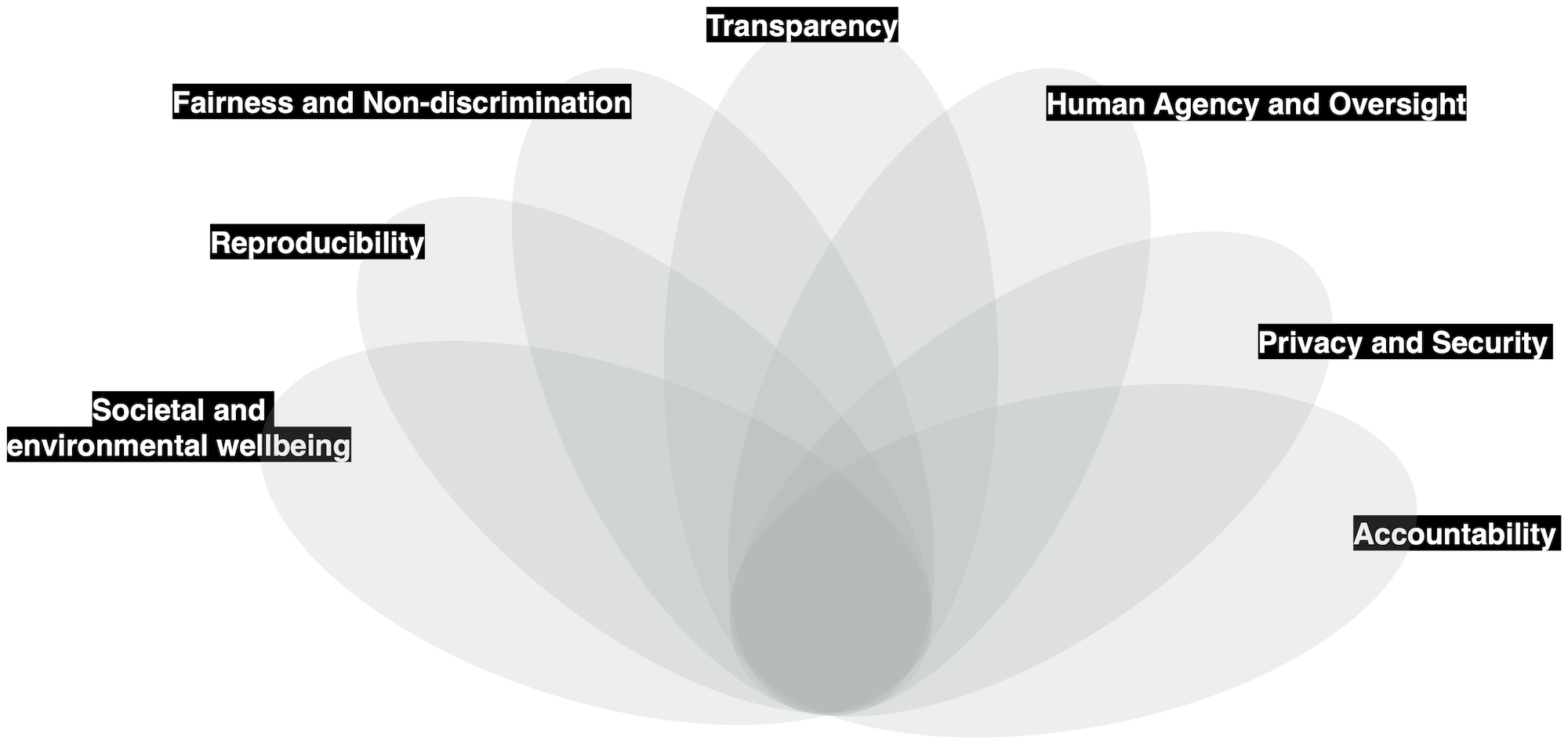Human-Centered Data Science
Human-Centered
Data Science
This is a course on human-centered data science, with lectures covering multiple aspects like design methods in data science, including ethical concerns and privacy requirements. You will learn key concepts such as bias, fairness, accountability, transparency, and explainability.
The course was created by the Human-Centered Computing research group of the FU Berlin.
Why Human-Centered?
This approach prioritizes the needs, contexts, and values of people in the design and implementation of data science solutions. It emphasizes ethical considerations, user engagement, and the socio-technical implications of data-driven technologies.
Key Concepts
This course provides a comprehensive overview of human-centered data science, covering key concepts such as bias, fairness, accountability, transparency, and explainability. It explores the socio-technical context in which data is generated and used, and addresses ethical challenges in real-world settings.

Learning Units
The following learning units cover key aspects of designing and practicing human-centered data science. They explore the motivations behind this approach, the socio-technical context in which data is generated and used, and how to address ethical challenges in real-world settings. Topics include different types of bias, the complexity of fairness, and strategies for transparency and accountability. Learners will examine methods for generating explanations, the role of interfaces in making these understandable, and current research shaping the field of human-centered data science.
All Units

1: Societal & Environmental-wellbeing
How can data science promote social and environmental well-being?

2: Reproducibility
Why does reproducibility matter in data science?

3: Fairness & Non-Discrimination
How can we identify bias and reduce discrimination in data and algorithms?

4: Transparency
How to ensure transparency in systems, data and algorithms?

5: Human Agency and Oversight
How to preserve human agency and control in algorithmic systems?

6: Privacy & Data Governance
How can we protect privacy and govern our data responsibly?

7: Accountability
Who is responsible for the outcomes of data-driven decisions?


